Invasive mice are becoming increasingly voracious and are eating adult albatrosses on Marion Island, causing concern among conservationists.
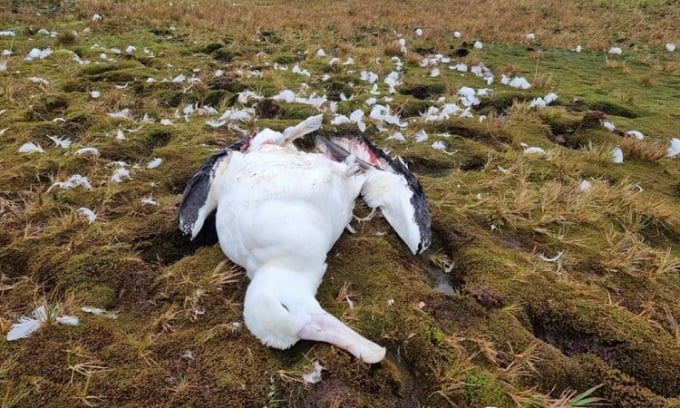
The body of an adult wandering albatross, suspected to have been killed by rats. Photo: Michelle Risi
Adult albatrosses on a remote island are being attacked and eaten by invasive mice. Invasive mice have plagued the ecosystem on Marion Island, located between South Africa and Antarctica, for decades, eating native invertebrates and the chicks of several seabird species that breed there. But researchers have now discovered them attacking adult albatrosses on the island for the first time. “If mice start attacking adult birds, that’s a really big problem,” said Maëlle Connan, a researcher at Nelson Mandela University in South Africa.
At 110 square miles (298 square kilometers), Marion Island is half the size of Chicago but is home to a wide variety of wildlife, including king penguins, elephant seals, and seabirds such as the wandering albatross ( Diomedea exulans ), one of the world's largest flying birds. The island did not harbor any non-marine mammals until the 19th century, when the mouse ( Mus musculus ) was introduced by humans via ship.
Since then, mice have decimated many of the island’s invertebrates and plants. But in recent decades, the local mouse population has exploded, likely due to the increasingly warm and dry weather caused by climate change. They have also become more voracious. In 2003, researchers discovered mice eating the chicks of wandering seagulls on the island.
Now, the mice are starting to target adult birds. In April, the team found the bodies of eight adult wandering albatrosses that had died within weeks of each other. The birds bore signs of mouse attacks, including wounds to the elbows of their wings. Blood stains suggested the injuries occurred while the birds were still alive.
Wandering albatrosses have a 3-meter wingspan, making them much larger than mice, but they have evolved to live on islands devoid of mammalian predators. The albatrosses have no defense mechanisms against invasive mice, says Anton Wolfaardt, a seabird researcher at Mouse-Free Marion, an initiative of the South African government and the non-profit BirdLife.
Researchers don’t know exactly how the albatrosses die, but it could be from infection from a rat bite or even starvation if the bird is too injured to fly out to sea and feed. In the long term, this predation could have a serious impact on the global population of wandering albatrosses, as a quarter of the species live on Marion Island.
Mice have also recently attacked adult albatrosses in other hotspots, including Tristan albatrosses ( Diomedea dabbenena ) on Gough Island in the South Atlantic and Laysan albatrosses ( Phoebastria immutabilis ) on Midway Island in the Pacific . It's a worrying trend for this endangered group of birds. Of the world's 22 albatrosses, nine are listed as endangered or critically endangered.
The Mouse-Free Marion project is planning to spray rat poison across the entire island. Conservationists hope that this will help kill off the rats. Local native seabirds and invertebrates that forage primarily at sea are not affected by rat poison, so the treatment will only target the invasive rats that live on the island. If successful, Marion’s ecosystem could begin to recover.
An Khang (According to Live Science )
Source link






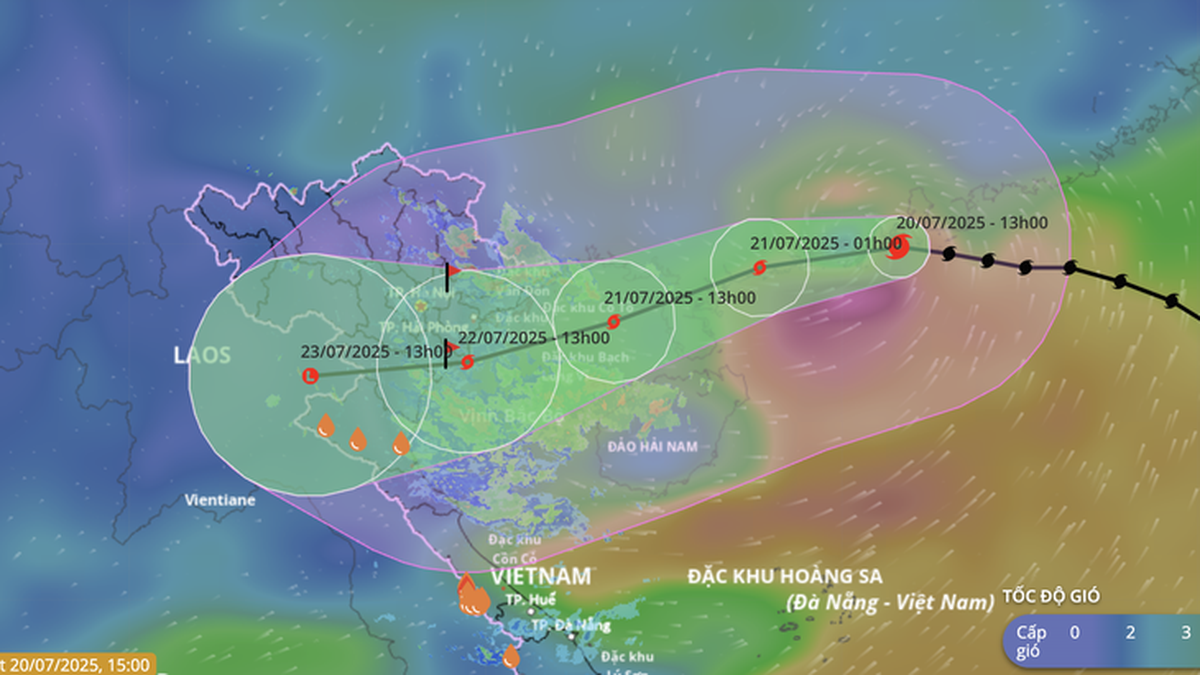
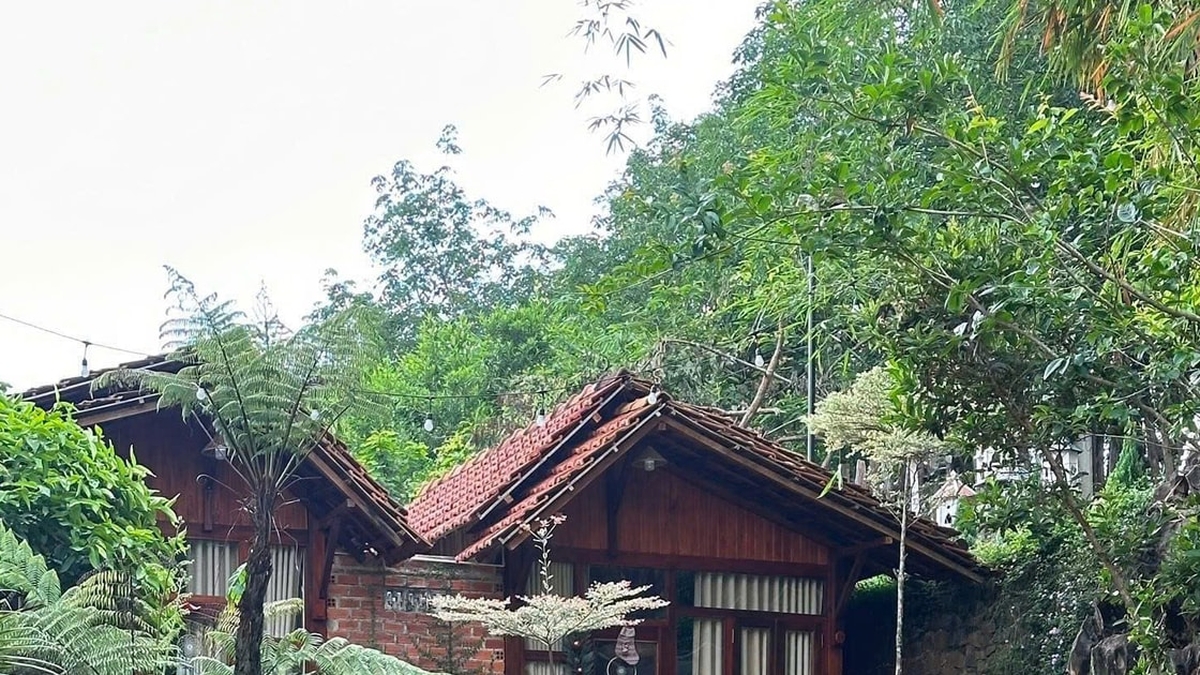



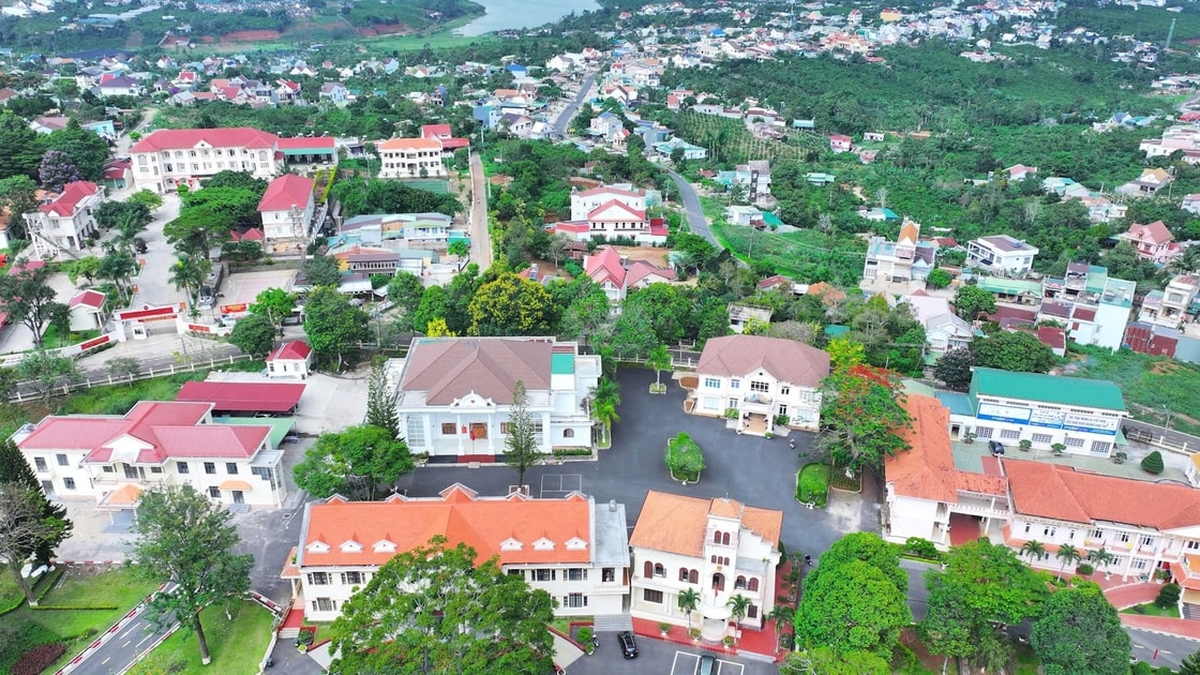














![[Photo] National Assembly Chairman Tran Thanh Man visits Vietnamese Heroic Mother Ta Thi Tran](https://vphoto.vietnam.vn/thumb/1200x675/vietnam/resource/IMAGE/2025/7/20/765c0bd057dd44ad83ab89fe0255b783)









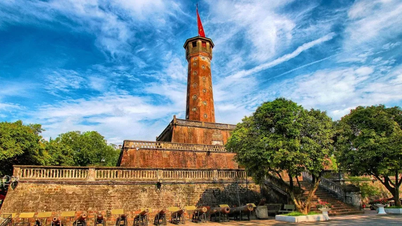























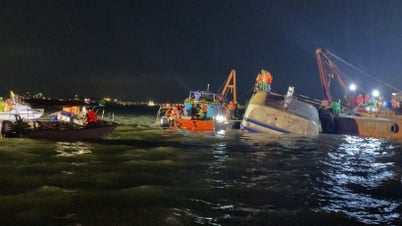





































Comment (0)